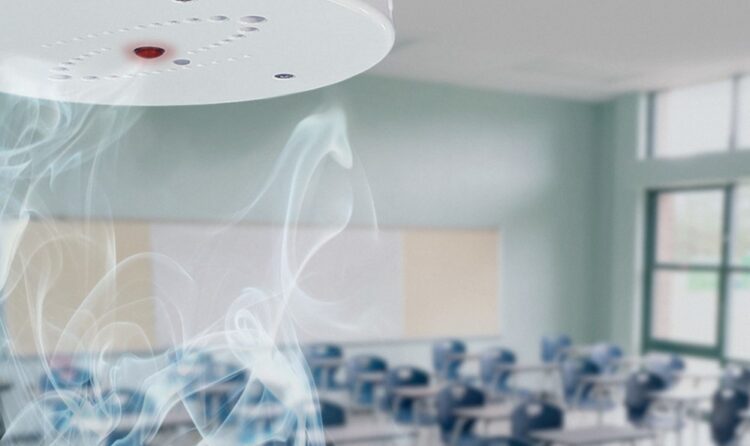The rise of teen vaping is a modern epidemic, reaching alarming levels globally. Vaping, a form of e-cigarette usage, delivers nicotine through flavored aerosols, making it particularly appealing to teens. To combat this escalating concern, the invention of vape detectors emerged as a significant development.
These detectors aim to identify and deter vaping, especially within school premises and other public spaces frequented by teenagers. In this post, we’ll delve deep into the functionality of vape detectors, their prevalence in educational institutions, their effectiveness, and the accompanying ethical concerns and alternatives.
Understanding Vape Detectors
Vape detectors are innovative devices designed to sense vapor from e-cigarettes. They function by detecting changes in air quality, specifically recognizing particles and compounds released from e-cigarettes.
Commonly installed in schools, bathrooms, and other secluded spaces, these detectors play a pivotal role in identifying and preventing unauthorized vaping. Their proactive role in such areas is crucial to maintaining a healthy and safe environment for the youth, addressing issues head-on, and ensuring the well-being of the younger generation.
The Prevalence of Teen Vaping

Statistics reflect a grim picture of teen vaping, with millions indulging in this harmful practice. The Centers for Disease Control and Prevention (CDC) states that around 19.6% of high school students have used e-cigarettes.
The associated health risks, including respiratory problems and nicotine addiction, underscore the pressing need for effective deterrents. The exposure to harmful chemicals and the risk of transitioning to conventional smoking make addressing teen vaping a public health priority.
Vape Detectors in Educational Settings
Within educational settings, vape detector are gaining prominence. These devices present both advantages and disadvantages. On one hand, they aid in maintaining a drug-free environment and act as a deterrent. Schools implementing such technology report a decline in vaping incidents, promoting a healthier atmosphere.
However, the downside involves potential false alarms and the financial burden of installation and maintenance. The nuanced approach to these devices necessitates a close examination of their practical utility and impact in real-world scenarios.
The Effectiveness of Vape Detectors
Research elucidates varied perspectives on the efficacy of vape detectors. Some studies and anecdotes hint at a substantial reduction in vaping instances post-implementation. The mere presence of these devices can instill a sense of caution, leading to decreased vaping.
However, limitations exist, including the possibility of evading detection and the challenge of addressing the root causes of vaping.
Ethical and Privacy Concerns

Installing vape detectors raises substantial ethical and privacy concerns. While the intention is to curb vaping, there’s a thin line between surveillance for protection and intrusion. Balancing the right to privacy with the necessity to maintain health and safety is intricate.
Moreover, there’s a risk of fostering mistrust and rebellion among teens, complicating the equation further.
Alternatives to Vape Detectors
Addressing teen vaping transcends technological solutions; it involves education, counseling, and parental involvement. Alternative approaches focus on imparting knowledge about the detrimental effects of vaping and fostering healthy choices.
Comprehensive educational programs and robust counseling services are pivotal in shaping perceptions and behaviors. Parental guidance and involvement are equally significant, serving as foundational pillars in influencing adolescent decisions.
Conclusion and Future Outlook
In conclusion, the discourse on vape detectors is multifaceted. These devices hold the potential to significantly reduce teen vaping by acting as deterrents, but their effectiveness is intertwined with ethical, privacy, and practical considerations. The balance between surveillance and rights, the exploration of alternative deterrents, and the continuous dialogue on their practicality and morality are crucial moving forward.
 Hi Boox Popular Magazine 2024
Hi Boox Popular Magazine 2024



